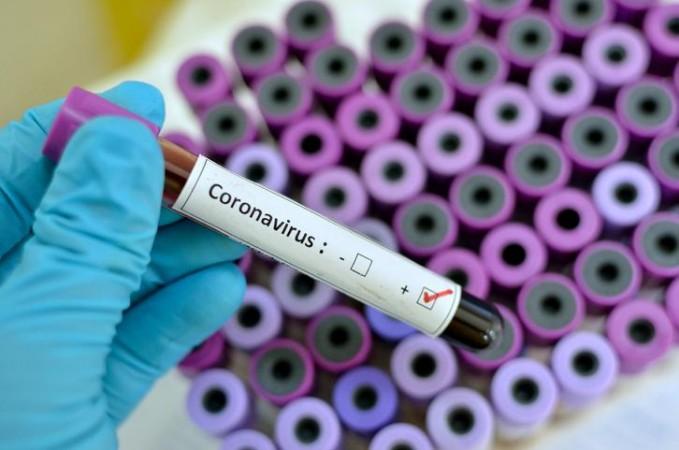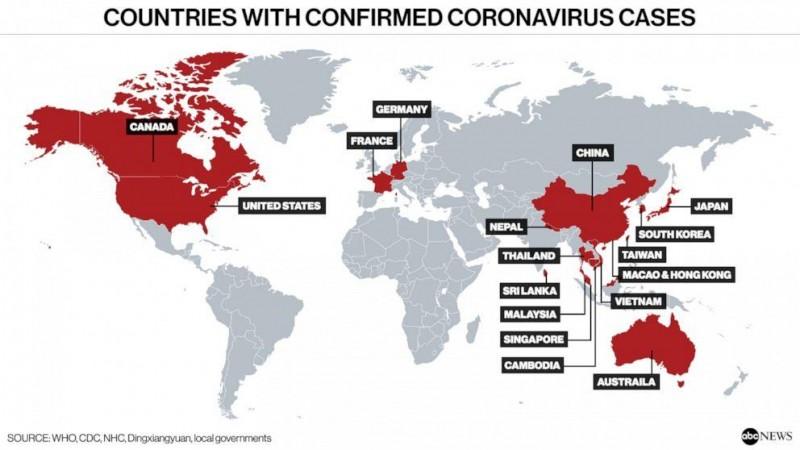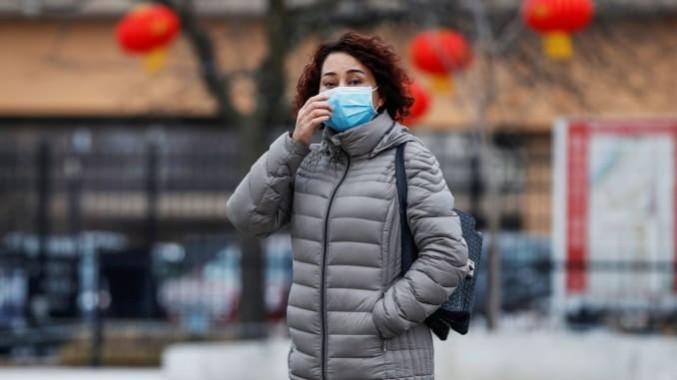Over three months have passed since the first case of coronavirus was first detected in Wuhan in China. And since then the scientific community has put its head down to the task of learning about this new novel virus. Yet, it seems there is a lot to know about the virus and the way it is transmitting.
With an already high rate of infection, the virus is throwing a curveball with its new aspect of infection: reinfection.
After a news report of a Japanese woman testing positive after recovering from coronavirus infection has given the scientific community a larger to field to cover.

The woman, who is in her 40's, was first tested positive on January 29. She was discharged from the hospital on February 6, after testing negative on February 1. However, on February 27, she was tested positive again with coronavirus infection.
This was not the only case of coronavirus re-emerging in the patients already discharged from the hospital after testing negative in second and third rounds of tests post recovering.
Cases of reemergence China
Four patients in China were found to have gone through a similar cycle.
The patients, all medical professionals, caught coronavirus while working in the hospital. Initially, they all tested positive, but after medication and 12-32 days of quarantine, their two consecutive RT-PCR tests resulted negative, they were discharged. However, they were in home quarantine for 5 days after that.
And, when The RT-PCR tests were repeated 5 to 13 days later they all tested positive.

Patients continued to be asymptomatic
What is surprising was in this case that the patients continued to be asymptomatic and the lungs showed no change from previous CT images when they had tested positive.
And, they reported no contact with any person with respiratory illnesses during their quarantine period at home. And no family members were infected with the virus during that period.
What do these cases imply
According to one study in journal JAMA that followed the above case in China, "these findings suggest that at least a portion of recovered patients still may be virus carriers."

Is it good or bad
Lingering of the virus in the body after the infection is nothing new. In many cases of viral infection, the pathogen remains in the body after the patient has been recovered. And it has been noticed that patients are less contagious post-recovery.
According to Krys Johnson, an epidemiologist at Temple University's College of Public Health, "The viruses that tend to hang around in people's systems also tend to be the viruses that the body develops a strong immune response against," he told Live Sciences.
It is good as long as it builds the defense mechanism of our body against the virus should there is a second round of exposure with a similar virus, but it could be bad if it re-strike the same person with the infection as severe as it did in the first instance. Worse, if it starts infecting others.
As it happened with the Japanese woman, she was admitted in the hospital second time after developing complications associated with the coronavirus.

Why the woman got infected again
In this case, experts think the more likely scenario was that the virus might have lingered in the patient longer than expected. "I suspect this is, in fact, a continuation of the original infection," says Susan Kline, an infectious disease physician, and epidemiologist at the University of Minnesota, to Weird.
According to her, not enough time has lapsed for reinfection, and the allegedly second bout of infection is the result of a faulty test.

Body takes time to build immunity
She explains that in case of infection, the body system takes time to build immunity against that infection. In the first stage, when the body system is uncertain about the kind of pathogen it might act slowly letting the virus replicate in speed. In the second stage, the body system builds up immunity to counter the rise of the virus slowing its rate of replication.
And if in this period, tests are done by taking swabs from the patients, the result might show the absence of the virus. However, that is not true. It is just that viruses are a bit low in numbers but not gone entirely.
And as it possibly happened, the Japanese woman developed health complications when there was a resurgence of the virus in her body.
There are other viruses that show a similar pattern, for e.g. HIV, Zika, and Ebola.
The occurrence of such cases, however small in numbers yet, warrant further study about the virus and the scenarios where cases of severe infections have been observed. Considering that we know very little about the coronavirus, further study would help in diagnosing and mitigating the disease.









!['Had denied Housefull franchise as they wanted me to wear a bikini': Tia Bajpai on turning down bold scripts [Exclusive]](https://data1.ibtimes.co.in/en/full/806605/had-denied-housefull-franchise-they-wanted-me-wear-bikini-tia-bajpai-turning-down-bold.png?w=220&h=138)



